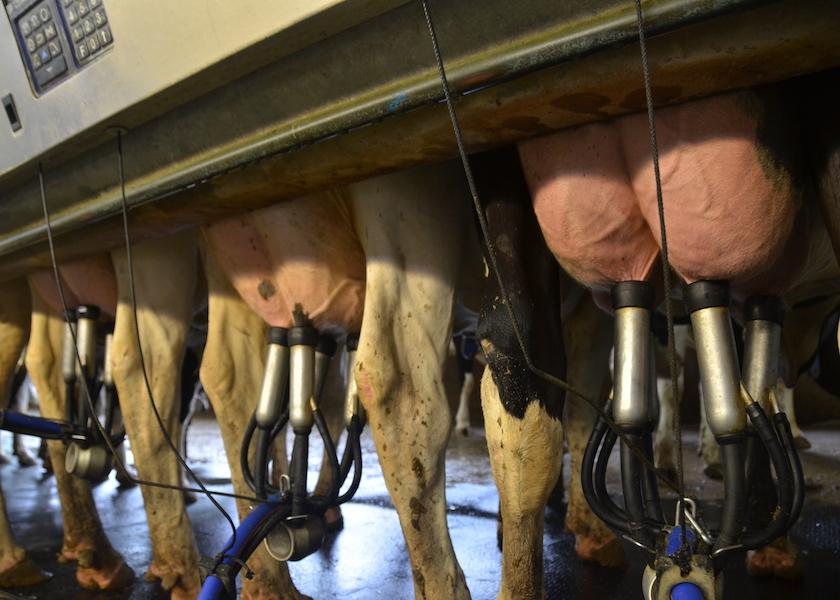January 2024 U.S. Milk Production Highlights Less Milk and Fewer Cows

The USDA Milk Production Report highlighted a drop in milk production to 18.8 billion lbs. of milk. This reflects the sixth consecutive month of lower production and a decline of 0.3% from a year prior.
According to the January 2024 USDA Milk Production Report, the number of milk cows on farms in the 24 major States was 8.90 million head, 17,000 head less than December 2023, but unchanged from November 2023.
New Mexico led the way with the steepest decline in milk production with 64 million fewer lbs. and 29,000 less cows. Following suit, California dropped 35 million lbs. with 9,000 fewer cows. Three other states showed a decline by at least 10 million lbs. include:
- Colorado, 13,000 million lbs. less
- Minnesota, 12,000 million lbs. less
- Texas, with 10,000 million lbs. less.
Not surprisingly, South Dakota was on the positive side of the ledger, jumping 40 million lbs. with 21,000 additional cows. New York also saw a positive trend, up 19 million lbs. Other states that showed significant positive gains include:
- Washington, up 13 million lbs.
- Wisconsin, up 12,000 million lbs.
- Ohio, up million 11,000 lbs.
- Florida, up million 10,000 lbs.
According to Phil Plourd, president of Ever.Ag Insights, we are in what he calls, ‘what you’ve seen is what you will get’ mode over the last couple of months.
“Production is soft in the West and Southwest while output grows modestly in parts of the Midwest,” he says. “And we think we’ll get even more of what we’ve been seeing in the months ahead. The key thing to watch now: Will the recent downtick in cheese prices and presumptive Class III values create an economic climate that takes production down another notch.”







